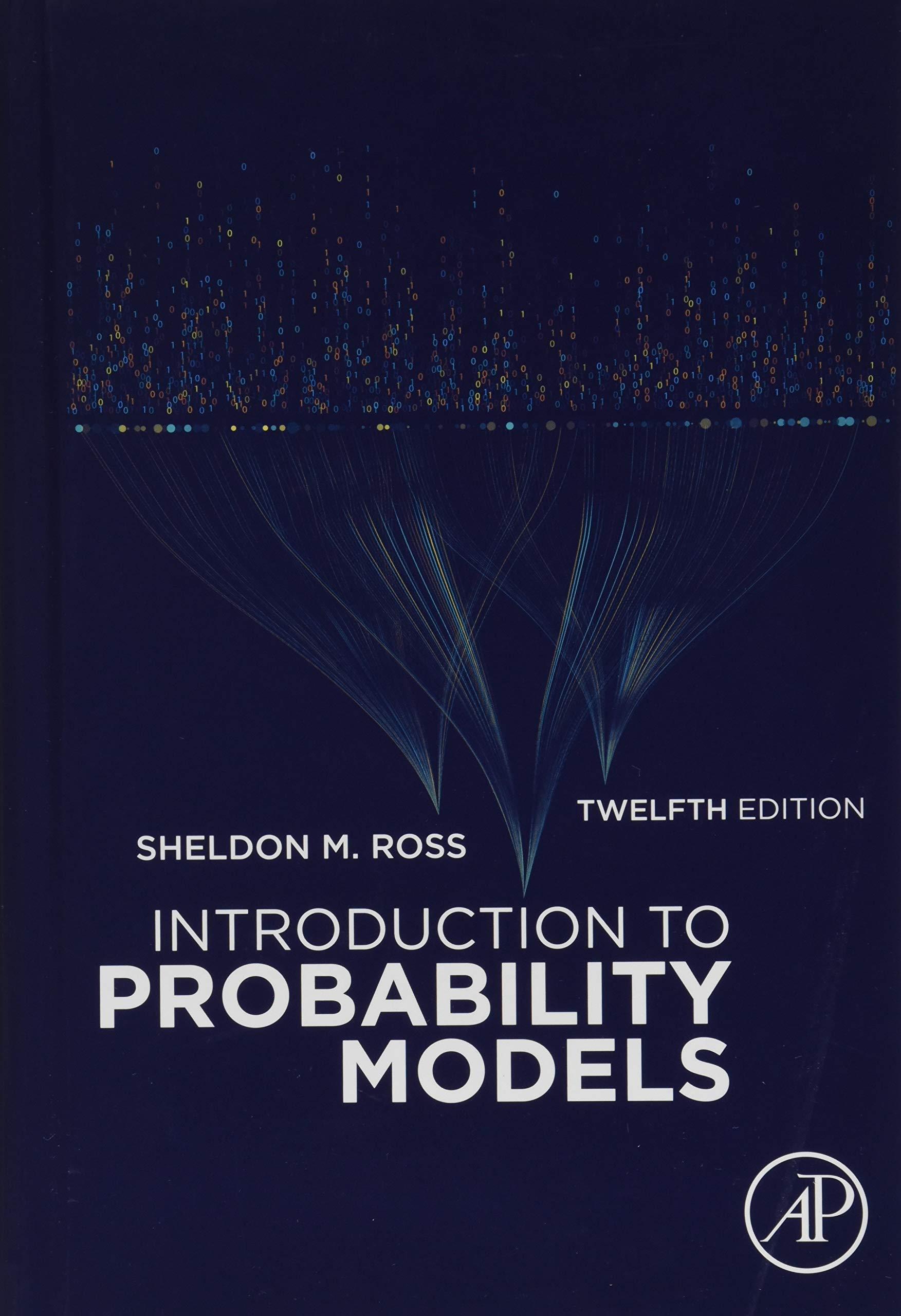29. Consider a single-server queueing system in which customers arrive in accordance with a renewal process. Each
Question:
29. Consider a single-server queueing system in which customers arrive in accordance with a renewal process. Each customer brings in a random amount of work, chosen independently according to the distribution G. The server serves one customer at a time.
However, the server processes work at rate i per unit time whenever there are i customers in the system. For instance, if a customer with workload 8 enters service when there are three other customers waiting in line, then if no one else arrives that customer will spend 2 units of time in service. If another customer arrives after 1 unit of time, then our customer will spend a total of 1.8 units of time in service provided no one else arrives.
Let denote the amount of time customer i spends in the system.
Also, defineI mage by and soI mage is the average amount of time a customer spends in the system.
Let N denote the number of customers that arrive in a busy period.
(a) Argue that Let Image denote the amount of work customer i brings into the system; and so the Image, are independent random variables having distribution G.
(b) Argue that at any time t, the sum of the times spent in the system by all arrivals prior to t is equal to the total amount of work processed by time t.
Hint: Consider the rate at which the server processes work.
(c) Argue that
(d) Use Wald's equation (see Exercise 13) to conclude that where μ is the mean of the distribution G. That is, the average time that customers spend in the system is equal to the average work they bring to the system.
Step by Step Answer:







